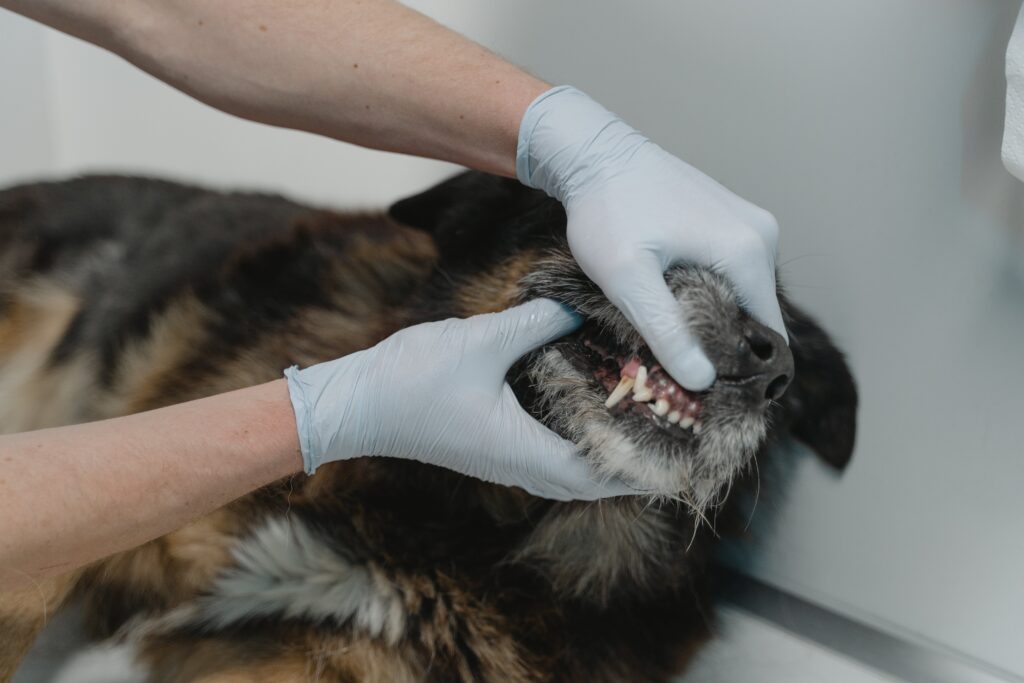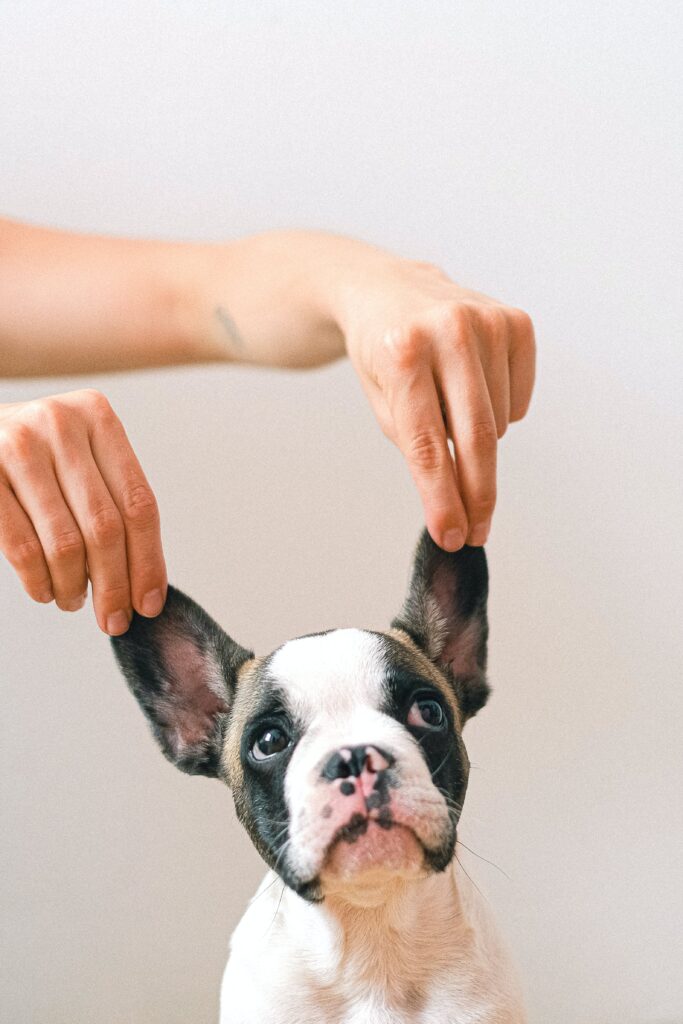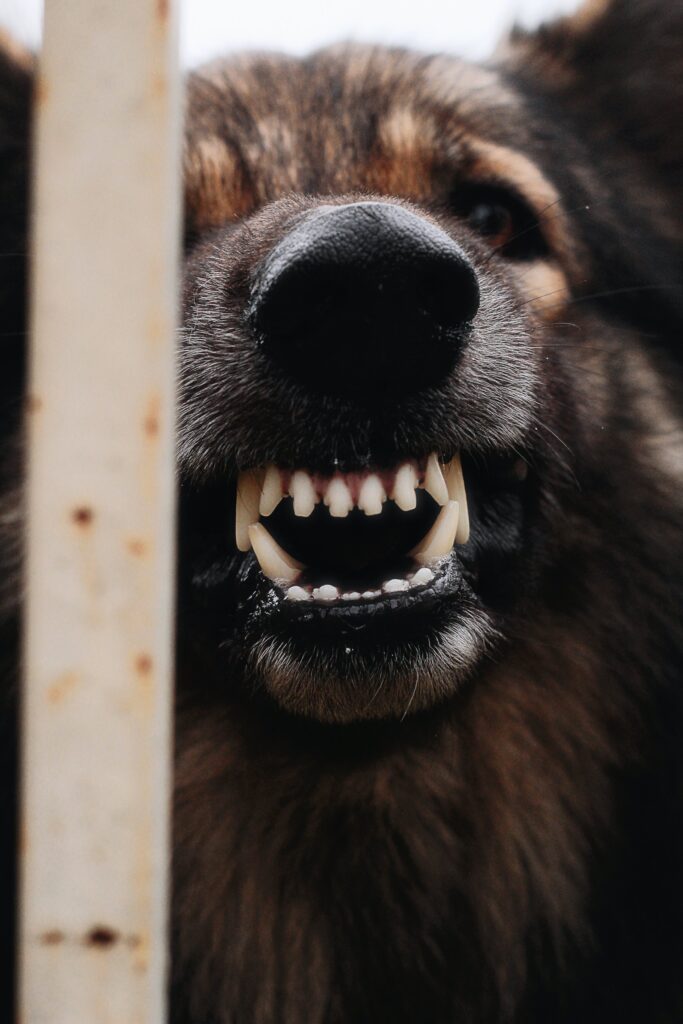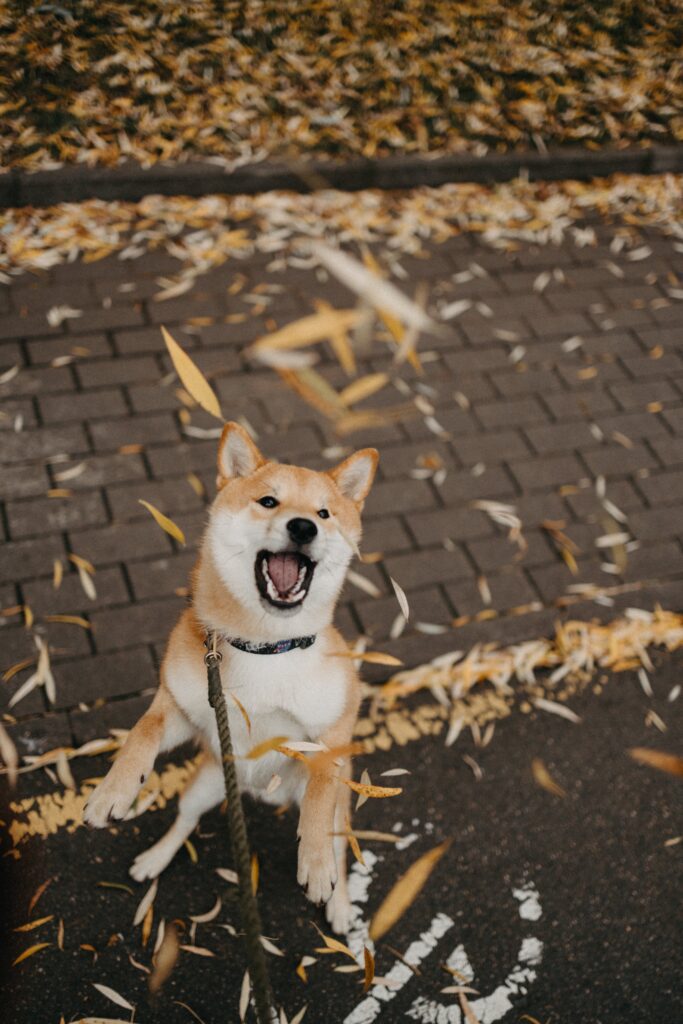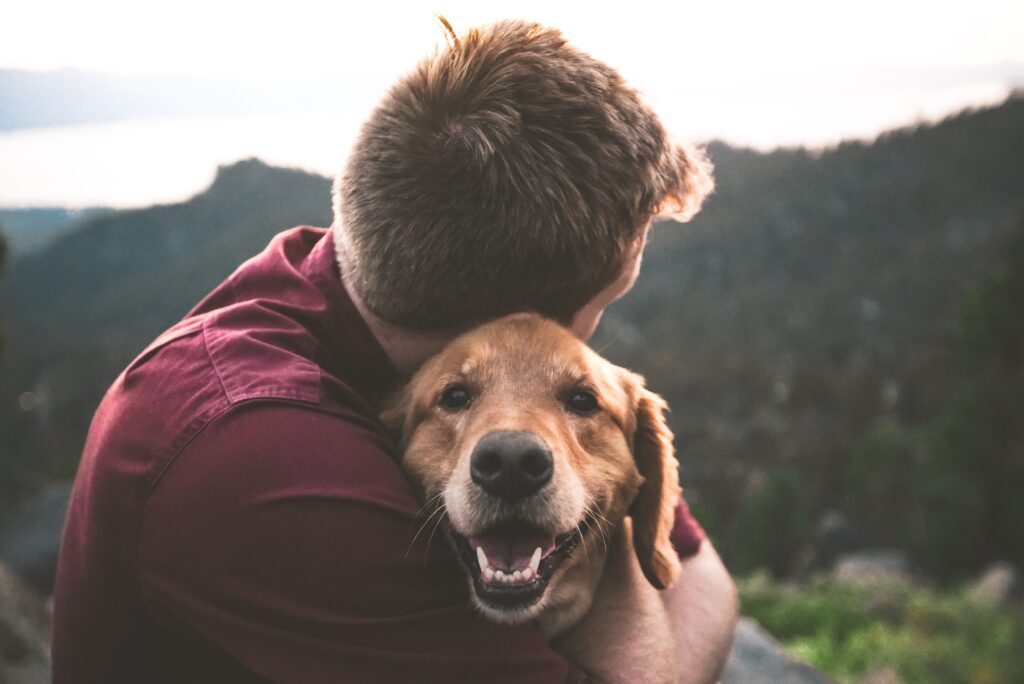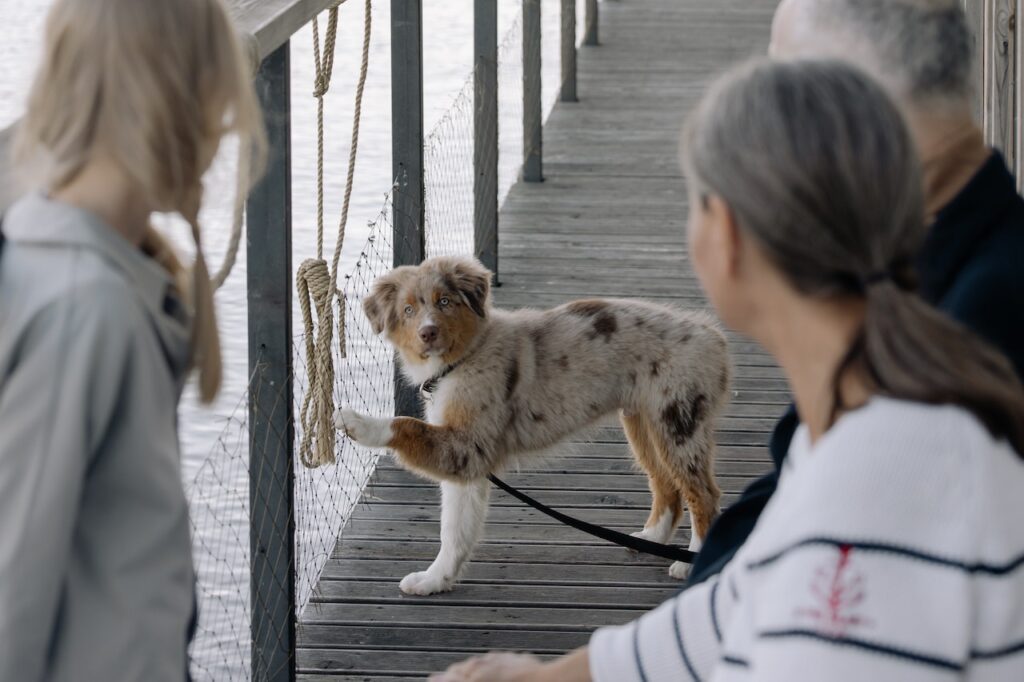5 Healthy Weight Loss Tips for Dogs
Maintaining a healthy weight is crucial for the overall well-being of your furry friend. Here are some effective tips to help your dog shed those extra pounds and stay fit. 1. Monitor their food intake Properly monitoring your dog’s food intake is essential for their health and well-being. By ensuring they are receiving the right amount of nutritious food, you can help prevent obesity and related health issues. Measure their meals to avoid overfeeding Feeding your dog the correct portion size is crucial. Overfeeding can contribute to weight gain and can lead to various health problems such as diabetes, joint issues, and heart disease. To avoid overfeeding, it is important to measure their meals accurately. You can use a measuring cup or a kitchen scale to ensure you are providing the right amount of food. The recommended portion size may vary based on your dog’s size, age, and activity level, so consult with your veterinarian to determine the appropriate amount. Choose high-quality, low-calorie dog food The quality of the food you choose for your dog plays a significant role in their overall health. Opt for high-quality dog food that is specifically formulated to meet their nutritional needs. Look for dog food that contains high-quality protein sources, such as chicken, beef, or salmon, as well as whole grains, vegetables, and fruits. Avoid dog food that contains excessive fillers, by-products, or artificial additives. Additionally, consider selecting a low-calorie dog food if your dog needs to lose weight or maintain a healthy weight. These types of food are formulated to provide all the necessary nutrients while keeping the calorie content in check. Avoid giving table scraps or excessive treats While it may be tempting to share your food with your furry friend, it is essential to avoid giving them table scraps. Many human foods, such as chocolate, onions, and grapes, can be toxic to dogs. Feeding your dog table scraps can also lead to weight gain and unhealthy eating habits. It is important to establish boundaries and only provide them with their designated dog food. If you want to give your dog treats as a reward or for training purposes, opt for healthy and low-calorie options. There are plenty of dog treats available in the market that are specifically formulated to be nutritious and tasty without adding unnecessary calories. Remember, maintaining a balanced and controlled diet is crucial for your dog’s overall health and well-being. By monitoring their food intake, choosing the right dog food, and avoiding unnecessary treats and table scraps, you can help them maintain a healthy weight and prevent potential health issues. 2. Increase physical activity Regular physical activity is important for keeping your dog healthy and happy. Not only does it help maintain a healthy weight, but it also provides mental stimulation and helps prevent behavior problems. Here are some ways you can increase your dog’s physical activity: 1. Take your dog for regular walks or runs One of the easiest and most common ways to increase physical activity is by taking your dog for regular walks or runs. Not only does this provide exercise, but it also allows your dog to explore their surroundings and get some fresh air. It’s recommended to walk your dog at least once a day for 30 minutes to an hour, depending on their age, breed, and health condition. 2. Engage in interactive play sessions Interactive play sessions are a great way to bond with your dog and provide them with mental and physical stimulation. You can play games like fetch, tug-of-war, or hide and seek. These activities not only keep your dog active but also help improve their coordination and problem-solving skills. 3. Consider agility training or swimming Agility training and swimming are advanced forms of physical activity that can take your dog’s fitness to the next level. Agility training involves navigating through obstacle courses, which can help improve your dog’s agility, balance, and coordination. Swimming is a low-impact exercise that is gentle on your dog’s joints while still providing a full-body workout. No matter which activities you choose, it’s important to start slowly and gradually increase the intensity and duration. Always consider your dog’s age, breed, and overall health when designing an exercise routine. Also, don’t forget to consult with your veterinarian before starting any new activities, especially if your dog has any existing health conditions. In conclusion, increasing your dog’s physical activity is vital for their overall well-being. It not only helps keep them physically fit but also provides mental stimulation and prevents behavior problems. So, make sure to take your dog for regular walks or runs, engage in interactive play sessions, and consider more advanced activities like agility training or swimming. Your dog will thank you for it! 3. Provide Mental Stimulation Dogs are intelligent creatures who thrive when they are mentally stimulated. Boredom can lead to destructive behavior and can also affect their overall well-being. Therefore, it is essential to provide mental stimulation for your furry friend. Here are a few ways you can ensure your dog stays mentally engaged and entertained: Use Puzzle Toys or Treat-Dispensing Toys Puzzle toys and treat-dispensing toys are excellent tools to challenge your dog’s mind while keeping them entertained. These toys are designed to make your dog work for their food or treats. By solving puzzles or manipulating the toy in various ways, your dog can earn their reward. Not only do these toys provide a mental challenge, but they also prevent your dog from gulping down their food too quickly, which can lead to digestive issues. There are different types of puzzle toys available, such as ones that require your dog to move pieces or ones that require them to solve a sequence of actions. Begin with simpler puzzles and gradually increase the difficulty level as your dog becomes more proficient. This will keep them engaged and prevent them from becoming frustrated. Teach New Tricks or Obedience Commands Teaching your dog new tricks or obedience commands is a great way
5 Healthy Weight Loss Tips for Dogs Read More »


